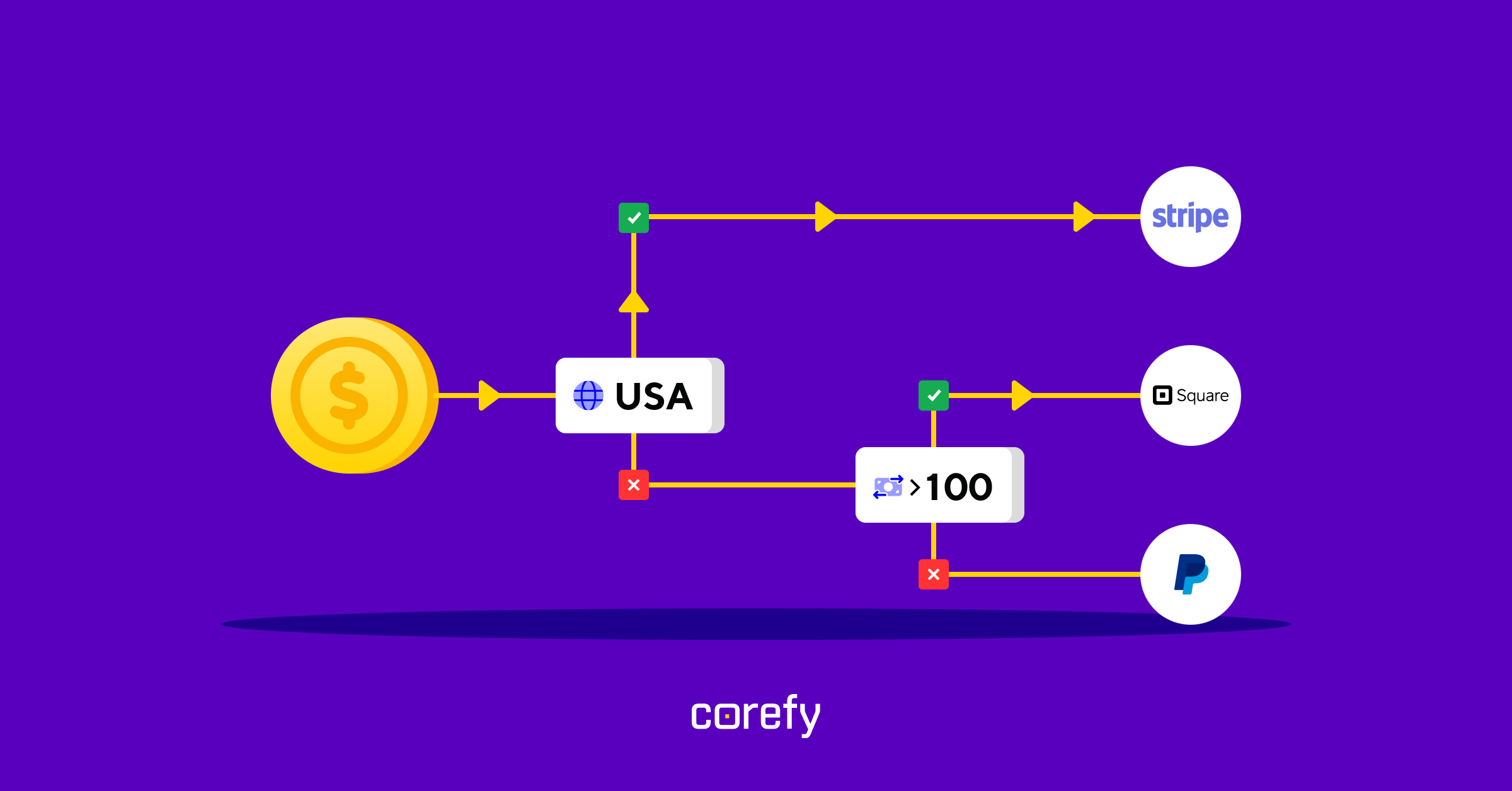All businesses face a common challenge when expanding or entering a new market: how to process multi-currency payments efficiently.
In this article, we explore the essential steps towards effective multicurrency payment processing and management, empowering businesses to expand their reach, enhance customer satisfaction, and drive sustainable growth.
What is a multicurrency payment?
Multicurrency payment acceptance allows businesses and individuals to send and receive payments in various currencies, offering flexibility and convenience for international transactions. Multicurrency payments are especially useful for businesses that operate globally or have customers and partners in different countries, as they eliminate the need for currency conversion and can help mitigate foreign exchange risks.
Challenges of global expansion
Entering new markets is always about new opportunities for businesses. Still, the process is fraught with risks and challenges. Let's explore them.
- Complexity of integrating and managing multicurrency payment gateways, which requires technical expertise and resources.
- Cross-currency payments imply exchange rate fluctuations, leading to potential discrepancies between the quoted price and the final amount charged to the customer.
- Businesses face the hurdle of selecting appropriate settlement currencies to minimise currency conversion costs and mitigate risks.
- Maintaining multicurrency pricing across various markets demands careful pricing strategies and constant monitoring of exchange rates.
- Customers may be confused when buying something online in a different currency, especially if they are unfamiliar with exchange rates or incur unexpected foreign currency payment fees.
To address these challenges, businesses may opt for multicurrency merchant accounts to streamline cross-border transactions and enhance the customer experience.
Mastering multicurrency payments: a comprehensive 3-step guide
Supporting various payment options and foreign currencies, international businesses prefer settlements in a currency of their choice. And here comes an issue — dependence on currency exchange fluctuations. Anticipating the possible questions resulting from this, we’ve compiled a quick 3-step guide to help you process multicurrency payments.
Step 1. Choose a relevant multicurrency payment gateway
Along with marketing efforts to increase your brand visibility and win over a new audience, you need to gain the backing of a reliable payment partner. Finding a proper multi-currency payment gateway to fulfil your business needs can be the only challenge. It’s not that easy, but a reliable and feature-rich solution can solve almost all the other issues.
Apart from accepting and processing online forex payments, a multi-currency payment processor allows you to display prices and pay in different currencies. While choosing a payment platform for your business, pay attention to the following criteria:
- Compatibility with your location. Usually, payment processors have a list of countries they work with.
- List of supported currencies. Double-check what currencies you plan to process and which ones to use for settling your balances.
- Terms of having a multi-currency merchant account. Sometimes it presumes additional fees.
- Choice of checkout languages. A multilanguage checkout with automatic localisation ceased to be a bonus a long time ago; now, it’s a must. Your foreign customers should be able to see and understand all the payment details.
Step 2. Display multi-currency pricing
Listing your prices in local currencies for each market is important. Merchants do everything for their customers’ convenience and satisfaction. Displaying prices in customers’ local currency is one of the pillars of a successful international sales strategy. It’s like being hospitable with your guests. Clients pay attention to the price amount but not always to the currency. So, any incongruity in these points may cause misconceptions and lead to chargebacks.
Fx payments processing and settlement resemble real jugglery for laypeople. One of the essential parts of this process is called currency conversion. But all the magic happens under the hood. That’s why trying to handle it alone might be a real challenge for businesses. Opting for the help of professionals is much better.
Step 3. Use tools to fight fraud
Unfortunately, cross-border sales are often prone to different types of fraud. It's a reason for you to pay special attention to certain aspects of global sales. Pay attention to the following purchasers’ details, which can be helpful for fraud prevention:
- Geography. Check the order details (country, IP address) thoroughly and be careful with countries which statistically have a higher risk of fraud.
- The purchaser’s email address can be another red flag. Watch out for strange names, signs, or addresses from anonymous email services. But be sure not to go to extremes — overreacting with every strange or funny email address won’t do any good.
- Purchase time. Although online shopping is a 24/7 activity, keep in mind that fraudsters are most active early in the morning and late at night. One more point to pay special attention to is repeated purchases paid for with the same card.
- Shipping address. Pay due attention to the shipping address while processing your orders. If the address seems weird and does not correspond to the billing one, you’d better check it. For instance, ask the issuing bank to double-check the information about a certain customer if their billing and shipping addresses do not coincide. Sometimes a customer may wish to pay in another currency or change their shopping habits some other way — this may also raise a red flag. Still, none of these circumstances can give businesses a 100% guarantee whether it is fraud or not.
Unfortunately, one can’t always be sure about the criteria that proclaim a fraudster. In some cases, the situation requires a thorough analysis and listening to one’s gut. So, before accusing a purchaser of fraud, check all the available data and, if possible, analyse it in the context of previous purchases. The best option is to choose a reliable payment processor with anti-fraud systems.
Benefits of becoming an international business
Online merchants should consider devising a strategy for gaining cross-border customers, as there’s a growing need for international shopping. Expanding internationally becomes easier with the right multi-currency payment processing company that delivers solutions tailored to various markets.
When you offer multi-currency prices, your customers don’t have to pay extra fees for currency conversion, which can positively impact your sales. Customers are more likely to buy from your site repeatedly when you allow them to pay in their local currencies. So, if you want to improve your business performance, providing a customer-friendly payment solution is in your best interest.
In conclusion, efficient multicurrency payment processing is an essential part of any cross-border sales strategy. Customers prefer to pay for services and products in their local currencies. If this option is impossible, businesses may end up with abandoned carts and lost sales.
How Corefy helps businesses handle multicurrency payment processing
We aid businesses in processing and managing multicurrency payments by providing a unified platform that integrates with multiple payment providers and acquirers worldwide. We have 1200+ payment providers and 400+ ready-made integrations in our network. Through Corefy's solution, businesses can effortlessly accept cross-currency payments, ensuring seamless transaction processing regardless of the currency involved. Facilitating multicurrency pricing and settlement, Corefy empowers businesses to streamline their cross-border payment operations efficiently.






.jpg)

.jpg)



.jpg)
